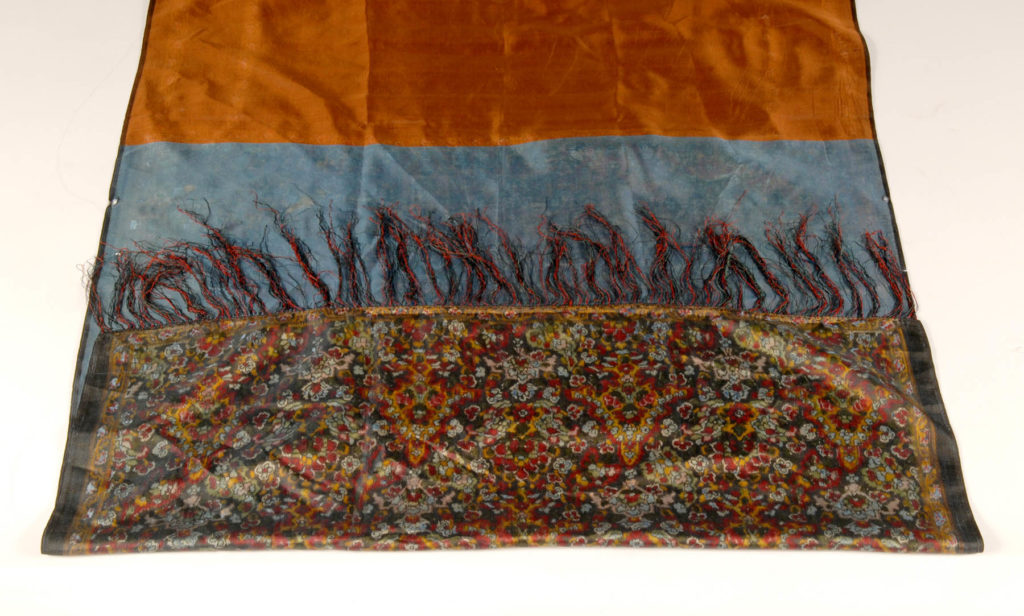Auctions
Key to Jack the Ripper’s Identity Turns Up at Auction


Sarah Cascone

One of the world’s most infamous murder cases may have been solved thanks to an object that came up for auction seven years ago. A new book, Naming Jack the Ripper, claims to have discovered the culprit of the gruesome 126-year-old killing spree: Polish hairdresser and mental patient Aaron Kosminski, a prime suspect at the time of the crimes.
Businessman Russell Edwards came across the bloodstained shawl, said to have been found at the scene of the murder of Jack the Ripper victim Catherine Eddowes, at an auction house in Bury St. Edmunds in 2007. In the Daily Mail, he describes it as “despite its stains, far prettier than any artifact connected to Jack the Ripper might be expected to be. It was mostly blue and dark brown, with a delicate pattern of Michaelmas daisies—red, ocher, and gold—at either end.”
Hoping it might prove genuine, the self-described armchair detective purchased the shawl and began investigating the 1888 serial murders. In 2011, Edwards enlisted scientist Jari Louhelainen, who specializes in identifying historic DNA. His analysis of the shawl revealed both blood, presumably from the victim, and semen. Despite the shawl’s advanced age, Louhelainen was able to extract strands of mitochondrial DNA from both using a special vacuuming technique.
The blood proved a match to Karen Miller, Eddowes’s great-great-great granddaughter. Next, Louhelainen, working with sperm expert David Miller, analyzed the semen, comparing the mitochondrial DNA found on the shawl to that of a descendant of Kosminski’s sister. Two tests found a 99.2 percent and 100 match to the modern sample, leading Edwards to declare Kosminski’s guilt.
Though the findings are the result of modern forensic science, they have not yet been submitted to peer review, and are consequently being treated with caution by Jack the Ripper scholars. Skeptics note that the shawl’s provenance is lacking, although Edwards claims that its previous owner, David Melville-Hayes, was descended from a police officer, acting sergeant Amos Simpson, who had obtained the shawl from the murder scene.